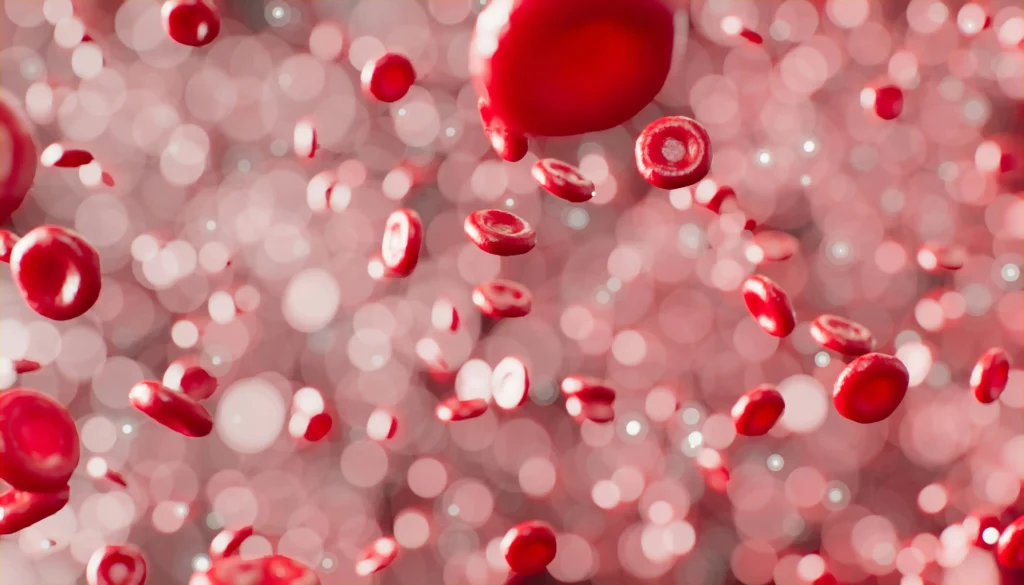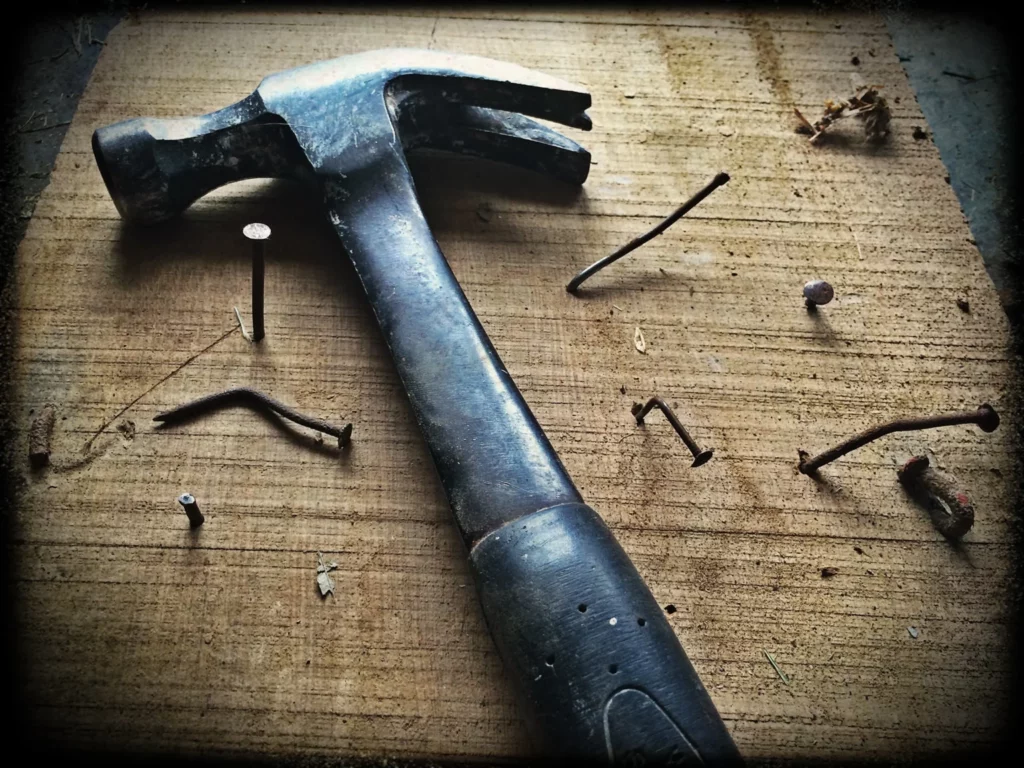EIC Work Programme 2025 – Keys facts and novelties
Author
Christa Ivanova, PhD
Publication Date
September 09, 2024
Keywords
EIC Work Programme 2025
EIC STEP Scale-up 2025
EIC Pathfinder/ Transition/ Accelerator 2025
EU grants
Breakthrough innovation funding
Biotech, digital tech
Your microfluidic SME partner for Horizon Europe
We take care of microfluidic engineering, work on valorization and optimize the proposal with you
EIC Work Programme 2025 – Keys facts and novelties
The European Commission recently published the European Innovation Council (EIC) Work Programme for 2025. Meant as an instrument to fund innovative projects in Europe, we give you a summary of the main novelties compared to 2024, the deadlines, and some tips to prepare a successful proposal!
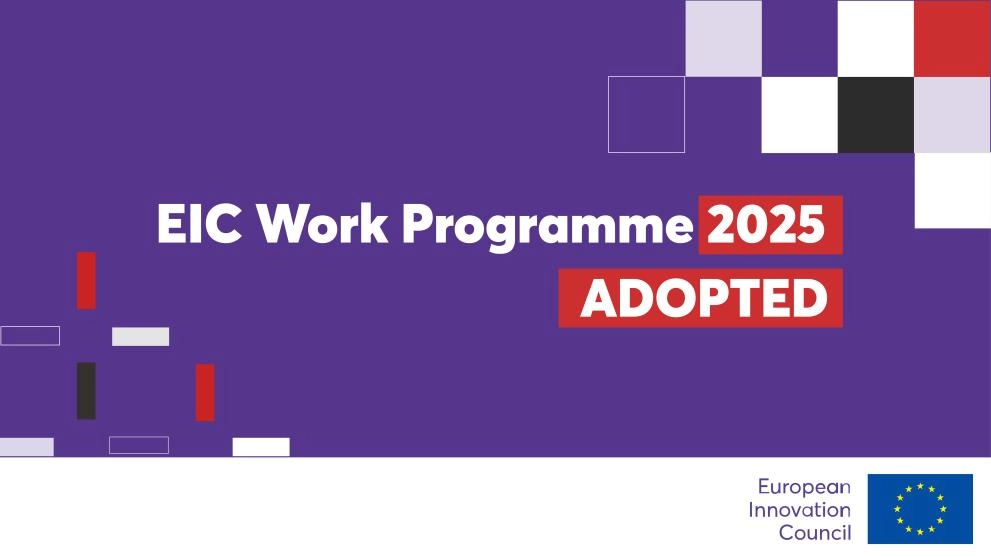
Novelties in 2025 in short:
- Higher budget: With a total of €1.4 billion, there is an €200 million increase compared to the budget of 2024
- Introduction of a new funding instrument: Strategic Technologies for Europe (STEP) with €300 million available to provide scale-up finance of up to €30 million and facilitated access to the Invest EU Venture Debt support.
- EIC Pathfinder: Increased focus on Impact and how the described technologies will be applied for technological solutions.
- EIC Transition: Allow more applicants to the interview stage to present their idea.
- EIC Accelerator: The overall funding is reduced to €15 million to €10 million, since higher amounts are available through the STEP instrument. Applicants must have completed TRL5 to be eligible for funding.
The total budget of the EIC Work Programme 2025 is €1.4 billion allocated to the four funding mechanisms – the EIC Pathfinder, EIC Transition, EIC Accelerator, and (new) the Strategic Technologies for Europe (STEP). In this article, we will focus on the EIC Pathfinder and Transition. For a detailed discussion of the EIC Accelerator and STEP program, you can find a great summary in Science Business.
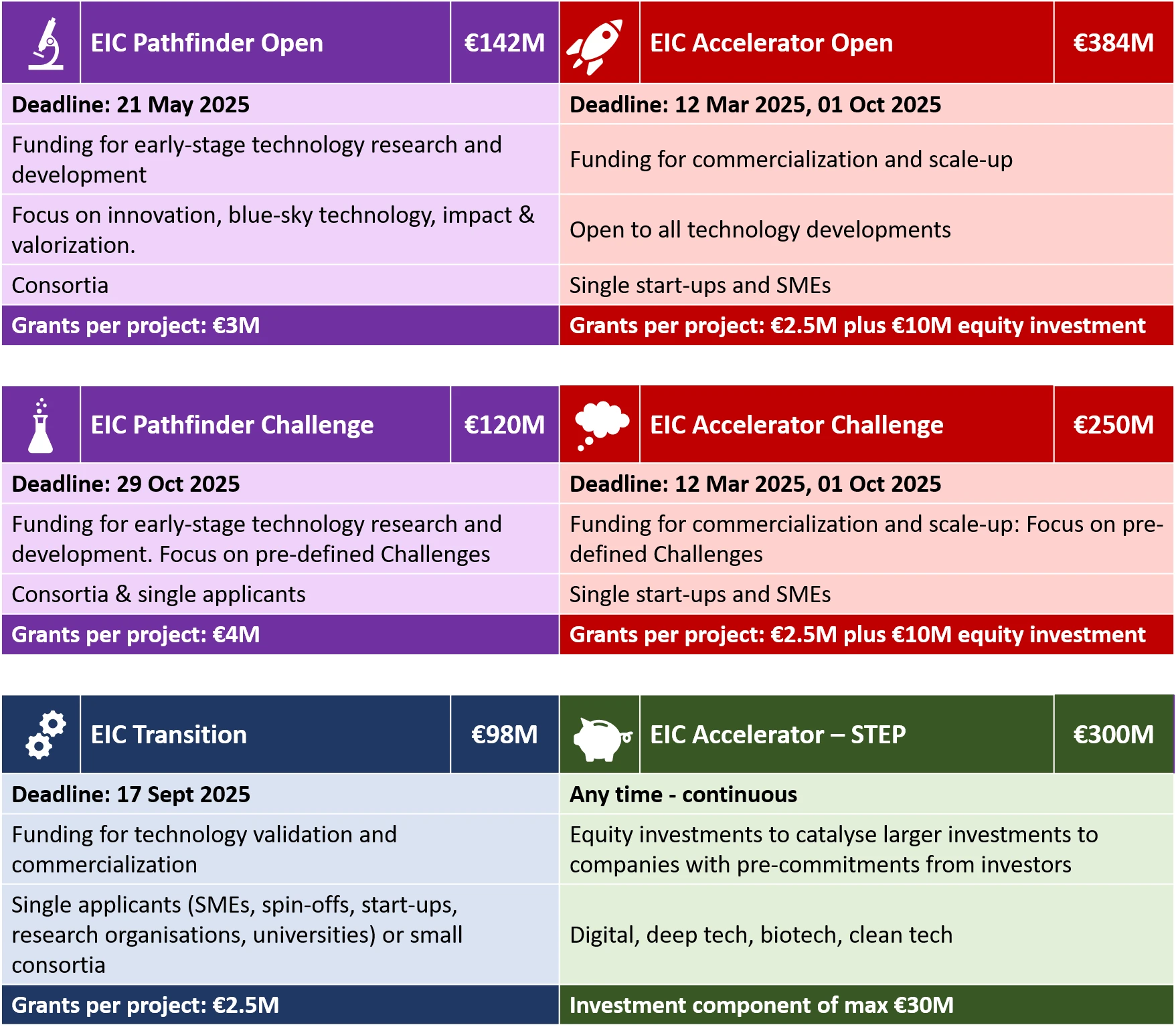
EIC Pathfinder
The EIC Pathfinder consists of 2 different instruments: The EIC Pathfinder Open and the EIC Pathfinder Challenges. The EIC Pathfinder Open is, as the name suggests, open to all fields of science and innovation. This is a highly competitive call, with over 1,119 proposals submitted for the 2024 deadline, and a success rate below 4%. To be successful with a proposal, you need to present a novel, break-through development, a high-risk/high-gain project idea, and an immaculate proposal, addressing all required sub-headings of the template.
Despite the high competition, strong consortia with highly innovative project ideas have a chance of success – for example project THOR, where the MIC innovates towards artificial tissue engineering, or ERMES, which will start in April 2024, and in which the MIC will develop a microfluidic platform for the analysis of molecular messengers.
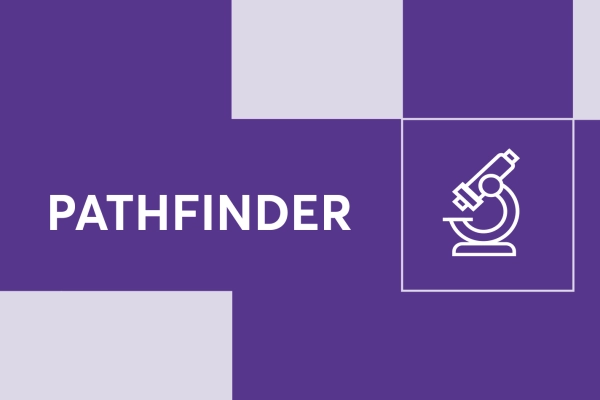
The EIC Pathfinder Challenges are pre-defined by the European Commission and target domains of specific interest. For 2025, the challenges will be:
- Biotech for Climate Resilient Crops and Plant-Based Biomanufacturing
- Generative-AI based Agents to Revolutionize Medical Diagnosis and Treatment of Cancer
- Towards autonomous robot collectives delivering collaborative tasks in dynamic unstructured construction environments
- Waste-to-value devices: Circular production of renewable fuels, chemicals and materials
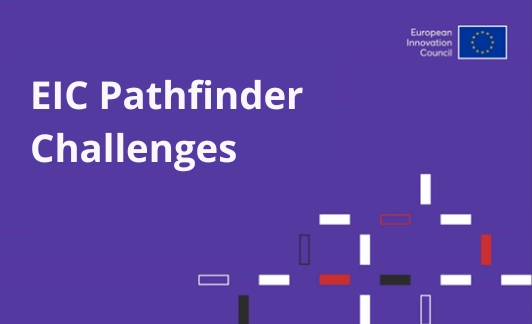
The EIC Pathfinder Challenge proposals are meant to create a portfolio of projects for each Challenge, that will be established to explore different perspectives, competing approaches or complementary aspects of the Challenge. It is therefore worth studying the call text precisely, to see where the individual proposal fits inside of the portfolio, since each Challenge is sub-divided into different area. The complete information on the individual Challenges can be found on the website of the European Innovation Council. The funding rate for the EIC Challenges call is 100%, as for all of the grants in this program. The eligible costs will take the form of a Lump Sum budget. If you need more information on the calculation of a Lump Sum budget, you can read our article Lump sum funding for beginners.
EIC Transition
If you have already worked on the development of a specific technology in the scope of an EU-funded project, and completed Technology Readiness Level (TRL) 3, you might want to take your development further, and apply for the EIC Transition!
The proposed technology must be the result of either a previous EIC Pathfinder project, or stem from an ERC proof-of-concept or Horizon Europe Pillar 2 project. In case of doubt, you can check the list of eligible projects for the 2025 call in the file on the website of the European Innovation Council.
The budget takes again the form of a Lump Sum funding, as it does for the EIC Challenges call. The EIC Transition evaluation process differs slightly from classical grant schemes, as it includes a pitch presentation after the first evaluation.
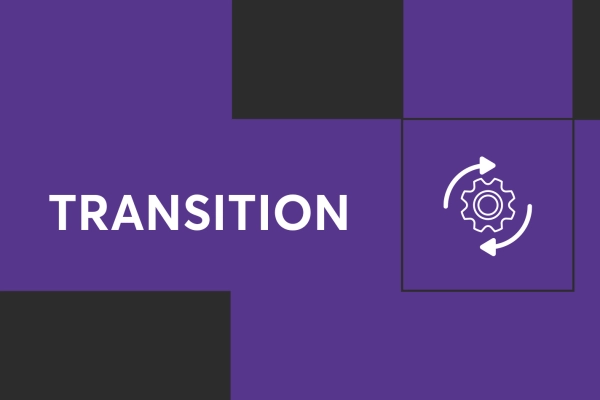
Only teams that are successful at the pitch will be successful with their application. With a budget of €98 million and grants of €2.5 million, approximately 40 projects will be funded. Since the EIC Transition is gaining in popularity and more and more proposals are submitted each year, the success rate of 2025 is expected to be around 10%.
In order to have a successful proposal, you have to have conducted a preliminary market research, identified potential markets and explored potential competitors. Your project will only be funded if you can convincingly present a promising business case! During the implementation of your project, you can build your team and develop your idea towards commercial success. Here at the MIC, we have successfully applied to the EIC Transition and are currently in the implementation phase of project GALILEO, developing a new wide-range flow sensor to advance the microfluidics field. Let us know if you think microfluidics could be a part of your technology!
Develop your idea with us!
The MIC has a strong track record with over 50 successful projects in the last 10 years, most from the H2020 and Horizon Europe Work Programme, including one project from the predecessor EIC Fast Track to Innovation programme (project FIDA), 2 EIC Pathfinder Open projects (ERMES and THOR) and one EIC Transition project (GALILEO). We believe that microfluidics has many advantages and can be applied to a variety of research fields. Just have a look at our Research Projects and see how they contribute topics ranging from Health and Medicine to Environment and Chemistry.
Are you interested to apply to the EIC programme, or are you curious if microfluidics can be used in your project? You can always drop us an email at partnership[at]microfluidic.fr.
The MIC already brings its expertise in microfluidics to the EIC:
Check the Horizon Europe tips and tricks
FAQ – EIC Work Programme 2025 – Keys facts and novelties
1) What the EIC Work Programme 2025 is?
The European Innovation Council has an annual funding brochure of breakthrough technologies in Europe: the EIC Work Programme 2025. In 2025, it is associated with an overall budget of EUR1.4 billion, distributed among four instruments: EIC Pathfinder, EIC Transition, EIC Accelerator and a new instrument entitled with the acronym STEP (Strategic Technologies for Europe). It dictates the rules of the game on what type of projects are financed, at which TRL, and in which conditions.
2) What will be the principle novelties of 2025 in comparison to 2024?
In a nutshell, one can single out three massive changes:
-More cash in general – the budget is swelled by some EUR200 million to a high of EUR1.4 billion.
-One of the new tools: STEP – “Strategic Technologies to Europe” with a earmark of EUR300 million of scale-up financing (up to EUR30 million per project) and easier access to InvestEU venture debt.
-Adjustment of the current schemes:
- Pathfinder: increased focus on Impact and on the way the breakthrough is going to be implemented into specific technological solutions.
- Transition: the number of applicants being invited to the interview/pitch stage will continue to increase.
- Accelerator: the amount of grant per project is lowered to EUR10M under EUR15M since larger sums are now being used via STEP. To enter Accelerator, the applicants need to be at least TRL 5.
3) Which are the real-life competitiveness of EIC Pathfinder calls in 2025?
EIC Pathfinder Open is a cutthroat competition. In the 2024 call, the Commission had 1,119 proposals and the success rate was lower than 4%.
There is no reason to think that it would get easier in 2025. A Pathfinder Open proposal to have a chance must:
-Write about a truly disruptive high-risk/high-gain vision,
-Display a plausible transition between basic science and radically new technology and
-Written nearly surgically to the template (sub-headings, all criteria responded to, no gaps).
Pathfinder Open projects including THOR (biomaterials to regenerative medicine) and ERMES (molecular communication in the next-generation implantable devices) already contain MIC, so we get a very realistic idea of how these proposals are read and scored by panels.
4) What will be the EIC Pathfinder Challenge topics in 2025?
The EIC Pathfinder Challenges in 2025 are based on four strategic areas:
-Climate Resilient Crops and Plant-Based Biomanufacturing Biotech.
-Artificial Intelligence Agents to diagnose and treat cancer.
-Self-control robot teams in dynamic unstructured building contexts.
-Circular production of renewable fuels, chemicals, and materials: waste-to-value devices.
Challenges are not big projects, each is a portfolio: the Commission actively invests in multiple projects, which are complementary or competing. Making sure that you have read the call text thoroughly and place your proposal in the portfolio puzzle, as one unit, is therefore essential, rather than as a separate universe.
Microfluidics is easily accommodated in some of these areas (cell-based biotech, advanced diagnostics, waste-to-value reactors), and MIC can aid in defining that fit.
5) What is EIC Transition, and who is eligible to apply in 2025?
The EIC Transition is targeted at teams that have already developed a good technology proved 3 at TRL that has been already funded by EU but are now interested in advancing to TRL 4-5 with an apparent market orientation.
To qualify, your proposed technology should have a direct, incremental build upon the results of one of the following:
-An EIC Pathfinder project
-An ERC Proof-of-Concept
-A Pillar 2 Horizon Europe Project.
The Commission posts a file containing all eligible upstream projects under each Transition call; and in the case of 2025 this list is accessible on the EIC site.
Transition proceeds through lump-sum funding and the assessment is done in two phases: written proposal + pitch presentation. Passing the pitch is only a criterion that allows a team to be funded.
6) EIC Transition 2025 (budget, grants, success rate) What are the key numbers?
For the 2025 Transition call:
-Budget: about EUR98 million.
-Grants: lump sum to the tune of EUR2.5 million.
-Funded projects: around 40.
-The success rate is approximately 10 percent, as more proposals are submitted each year.
You are not just competitive with good technology. Depending on assessors, clearly anticipate:
-Early market study (target markets, competition, value chain).
-A professional business case and vision of exploitation.
-An actual timeline of assembling the team throughout the project (business + tech).
MIC is now underway with the Transition project GALILEO, the development of a wide-range flow sensor of microfluidic cells analysis, thus we have first-hand experience of what the Transition reviewers are interested in and the feeling of the pitch process inside.
7) What is STEP and what does it do with the EIC Accelerator?
STEP (Strategic Technologies for Europe) is the newcomer in the 2025: a EUR300M tool to aid the scaling up of strategic technologies in Europe, such as via InvestEU venture debt.
Due to the ability of STEP to draw significant amounts of scale-up finance (up to EUR30M per project) the EIC Accelerator standard grant element is decreased in size, by half, to EUR10M. The underlying logic is:
-Put deep-tech companies on the path to market by using Accelerator.
-And use more capital-intensive scaling with STEP and InvestEU.
This hybrid pipeline (Pathfinder – Transition – Accelerator + STEP) is especially appealing for high-technology hardware such as microfluidic instruments and diagnostic platforms.
8) What is a lump sum funding in the case of Pathfinder Challenges and Transition?
In both Pathfinder Challenges and EIC Transition, the Commission has lump-sum budgets: you do not report actual costs at the line-item level, but you commit to work packages at fixed amounts. The payments are related to milestone accomplishments, not to invoices.
Practically, this means:
-You need to come up with realistic work packages, which are self-contained,
-In internal cost distribution, you are a little freer,
-However, you have to be in a position to show completion of every work package (deliverables, prototypes, studies, etc.).
MIC has a specific in-house approach to the construction of lump-sum budgets that are defensible at the time of implementation and audit, and we frequently assist partners in designing work packages so that technical and financial reporting remain consistent.
